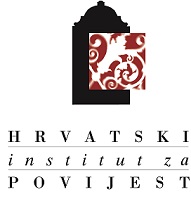The Emergence and Spread of Flagellant Movement in the Eastern Adriatic Communes during the Middle Ages until the Late Renaissance
DOI:
https://doi.org/10.22586/pp.v44i68.30205Ključne riječi:
flagellants; Eastern Adriatic; confraternities; religious practices; Middle Ages, 16th centurySažetak
A well-known practice of self-scourging common within closed religious communities on the Apennine peninsula from the 11th century, ‘escalates’ into very emotionally charged, often hysterical processions of hundreds of flagellants across Southern and Central Europe in the 1260s. Flagellant confraternities were founded in Eastern Adriatic communes during the 13th and 14th centuries as well, but their practice was well-structured and defined in statutes, respecting the original concept of suffering as imitatio Christi. After a short introduction to the history of flagellant practice in the late Middle Ages, this paper analyses the causes for the establishment of confraternities, their economic activities, and their social and gender structure. The last three segments elaborate on the transformation of flagellant confraternities into charitable associations in the 15th and 16th centuries, analyse some visual representations, and review the remains of medieval devotion to Christ’s Passion in contemporary communes.
Preuzimanja
Objavljeno
Broj časopisa
Rubrika
Licenca
Autorska prava (c) 2025 Authors and journal

This work is licensed under a KreativniCommons Attribution-NonCommercial Međunarodne licence.


